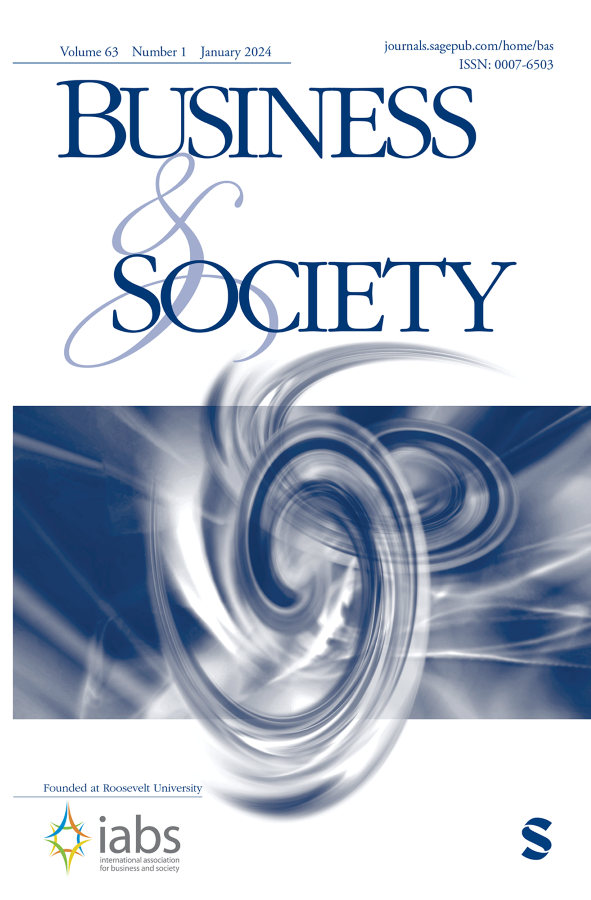用户如何评估物联网中的隐私风险?框定、比较和教育的作用
IF 6
3区 管理学
Q1 BUSINESS
引用次数: 0
摘要
随着物联网(IoT)时代的到来,用户评估与消费产品相关的隐私风险以及操作这些产品所需的源源不断的用户数据变得越来越具有挑战性。在本研究中,我们提出并测试了三种有可能帮助用户更准确地评估隐私风险的机制。我们将这些机制称为框架(即展示有关收集和使用用户数据的信息,无论是否直接提及隐私风险)、比较(即展示产品及相关的数据收集和使用信息,无论是否提及替代产品)和教育(即提高用户的一般隐私素养)。为了评估不同物联网环境下的这些机制,我们参考远程信息处理设备(n = 317)和健身追踪器(n = 356)进行了两次基于场景的在线实验。在这两项研究中,我们发现在实验中操纵的实际隐私风险与用户感知到的隐私风险仅有一定关系。然而,比较和教育有助于用户做出更准确的隐私风险评估。在研究 2 中,共同制定框架和进行比较尤其有助于隐私知识水平较低的用户更准确地评估隐私风险。这些发现对物联网生态系统中的主要参与者和监管者具有重要意义。本文章由计算机程序翻译,如有差异,请以英文原文为准。
How Users Assess Privacy Risks in the Internet of Things: The Role of Framing, Comparing, and Educating
With the advent of the Internet of Things (IoT), it has become increasingly challenging for users to assess the privacy risks associated with consumer products and the continuous stream of user data needed to operate them. In this study, we propose and test three mechanisms with the potential to help users make more accurate assessments of privacy risks. We refer to these mechanisms as framing (i.e., presenting information on the collection and use of user data with or without direct reference to privacy risks), comparing (i.e., presenting a product and the associated information on data collection and use with or without reference to an alternative product), and educating (i.e., augmenting users’ general privacy literacy). To assess these mechanisms in different IoT contexts, we conducted two scenario-based online experiments with reference to a telematics device ( n = 317) and a fitness tracker ( n = 356). In both studies, we find that actual privacy risks as manipulated in the experiment are only moderately related to the privacy risks perceived by users. However, comparing and educating each helped users make more accurate privacy risk assessments. In Study 2, framing and comparing jointly enabled especially users with low privacy literacy to assess privacy risks more accurately. These findings have meaningful implications for key actors in the IoT ecosystem and those regulating it.
求助全文
通过发布文献求助,成功后即可免费获取论文全文。
去求助
来源期刊

Business & Society
BUSINESS-
CiteScore
14.80
自引率
11.40%
发文量
56
期刊介绍:
Business & Society publishes original research, book reviews, and dissertation abstracts relating to business ethics, business-government relations, corporate governance, corporate social performance, and environmental-management issues. Manuscripts relating to the field of business and society in general are also published. Submissions of theoretical/ conceptual work as well as empirical studies are encouraged. Business & Society is the first peer-reviewed scholarly publication devoted exclusively to the field of business and society, and it is the official journal of the International Association for Business and Society (I.A.B.S.), the only independent professional association dedicated to business and society teaching and research.
 求助内容:
求助内容: 应助结果提醒方式:
应助结果提醒方式:


